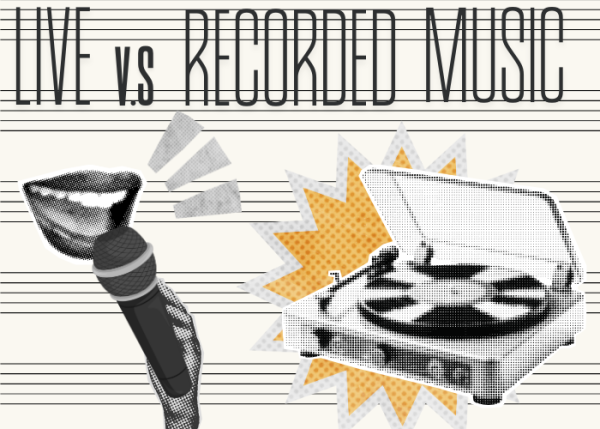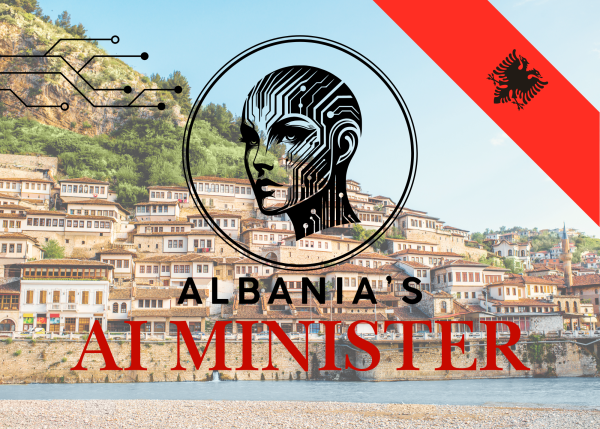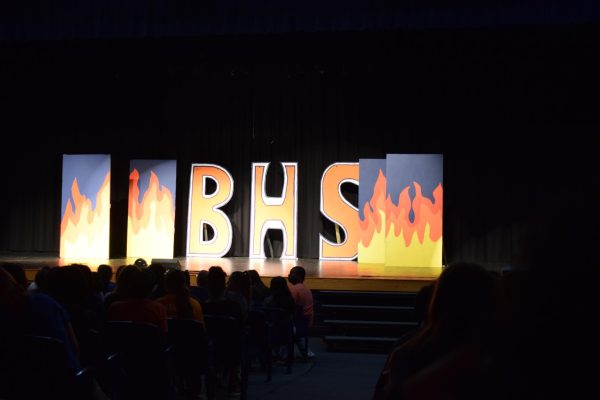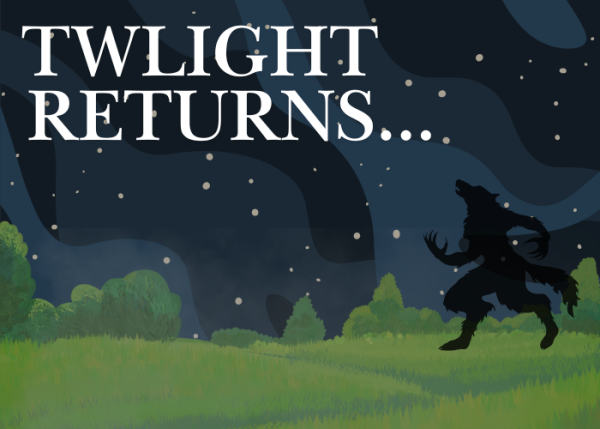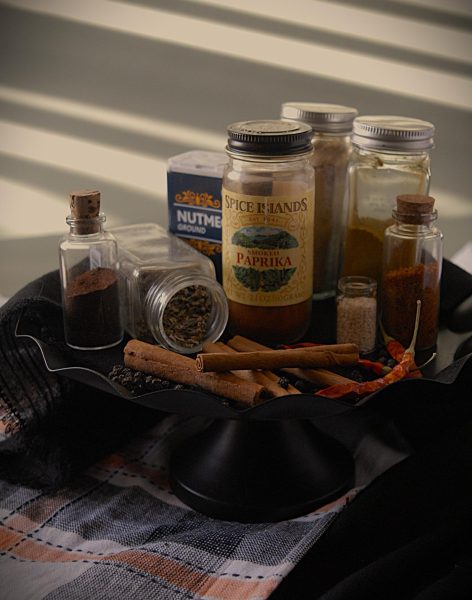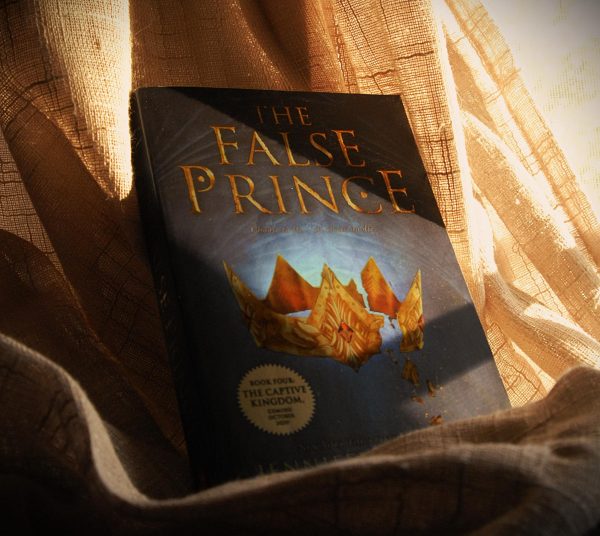The History of Halloween
All Hallows Eve, the original name for Halloween, first occurred around 2,000 years ago, pre-Christianity. On the 31st of October, a Celtic festival called Samhain celebrated the end of the calendar year.
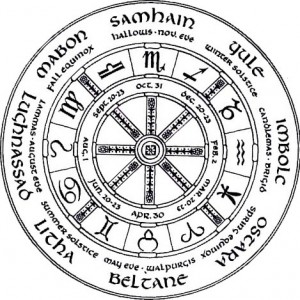 The Celtic New Year began November 1st. The Celts believed that on Oct 31st, the spirit world was able to make their presence on Earth.
The Celtic New Year began November 1st. The Celts believed that on Oct 31st, the spirit world was able to make their presence on Earth.
During the Samhain festival, the Celts sacrificed animals and crops to the Celtic gods. The people dressed up in costumes consisting of animal heads and skins.
These ancient Celtic traditions eventually evolved into what we know now as the Christian named Halloween. In Colonial America, H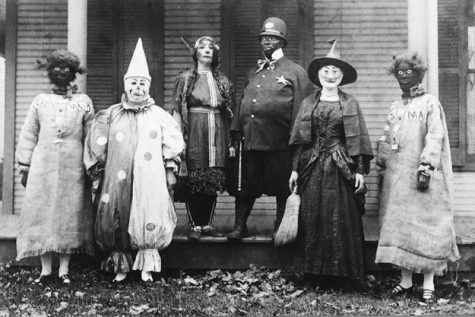 alloween celebrations were scarce. During the 1800’s, because of the influx of Irish immigrants, what we know as “modern” Halloween traditions began to take form. Trick-or-treating, dressing up in costumes, and community parties were becoming more popular.
alloween celebrations were scarce. During the 1800’s, because of the influx of Irish immigrants, what we know as “modern” Halloween traditions began to take form. Trick-or-treating, dressing up in costumes, and community parties were becoming more popular.
Trick or treating originated from the practice of people dressed in disguises and going door-to-door to beg for food. Dressing up in costumes stemmed from the practice of people wearing masks on Halloween in order to hide from ghosts.
In the 1900’s, Halloween evolved into a secular holiday, centered towards children instead of adults and community. This was due to the increased amounts of pranks that led to vandalism and violence. Community leaders believed it would be safer for families to stay in their homes and pass out candy.
Now, in 2016, Halloween is a fun holiday for everyone. It is the second highest grossing commercial holiday at around $6 billion dollars.


